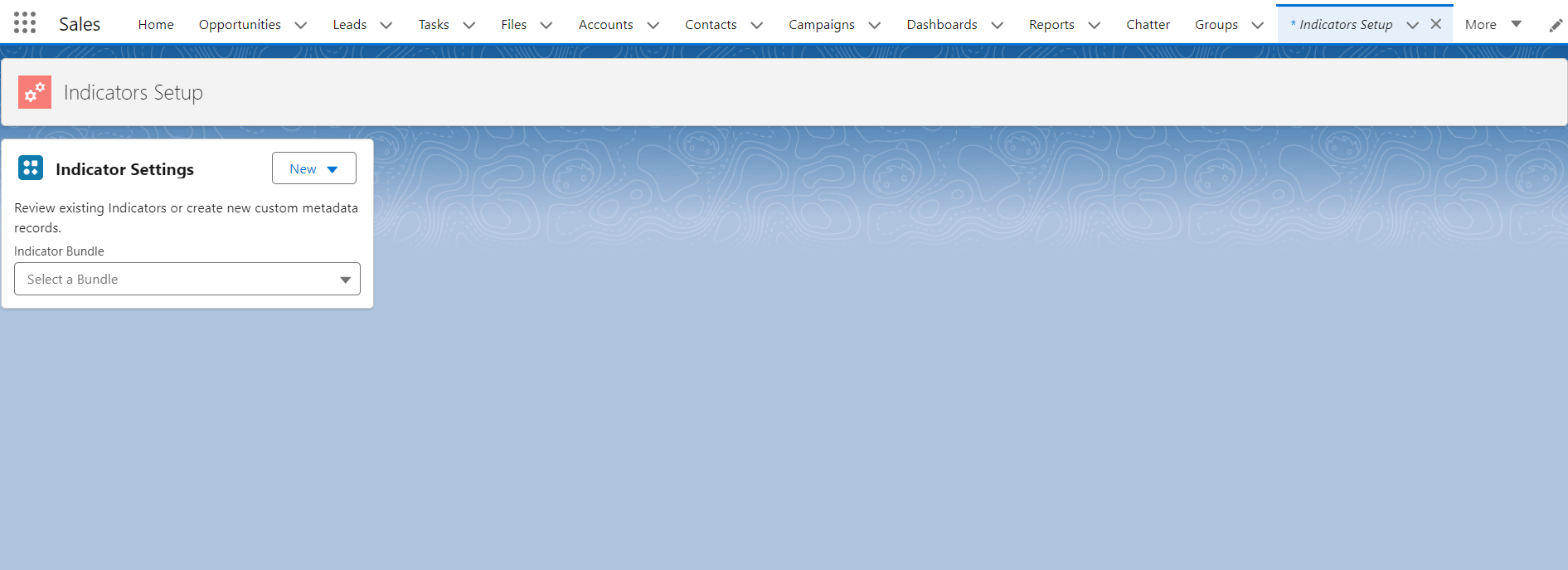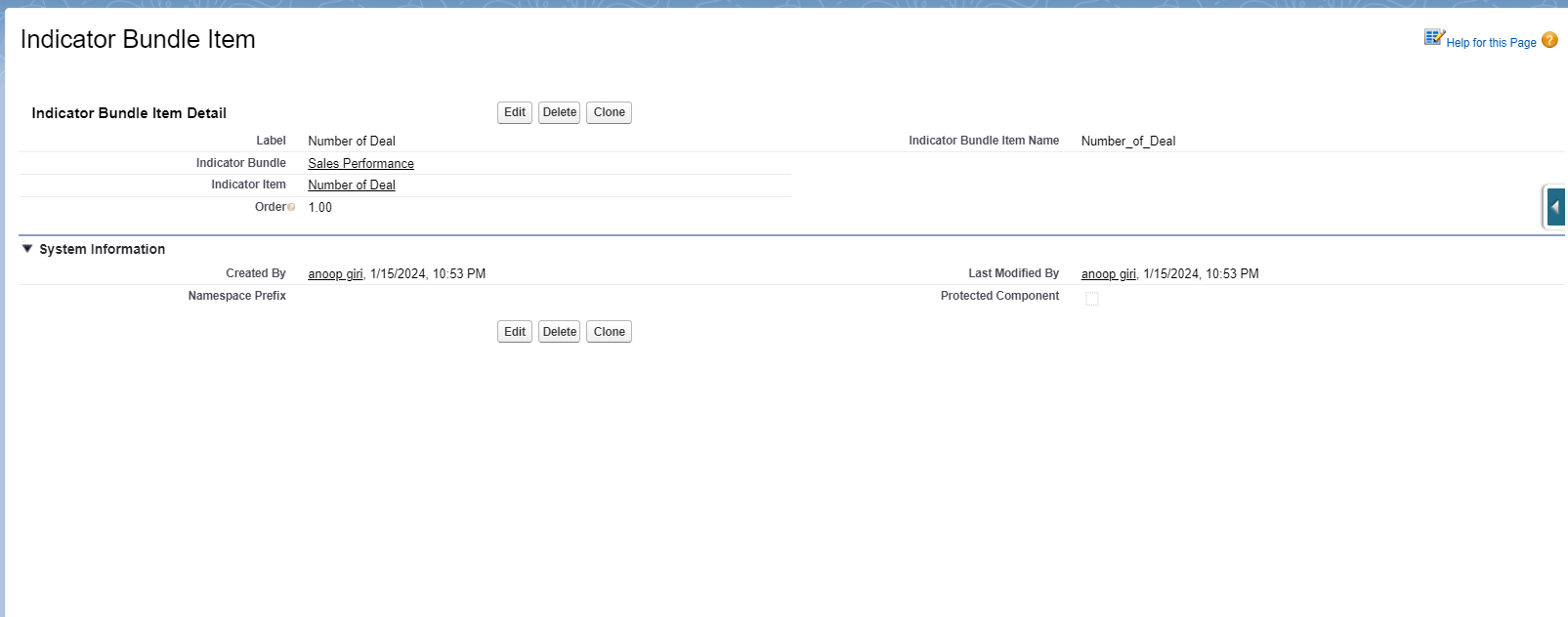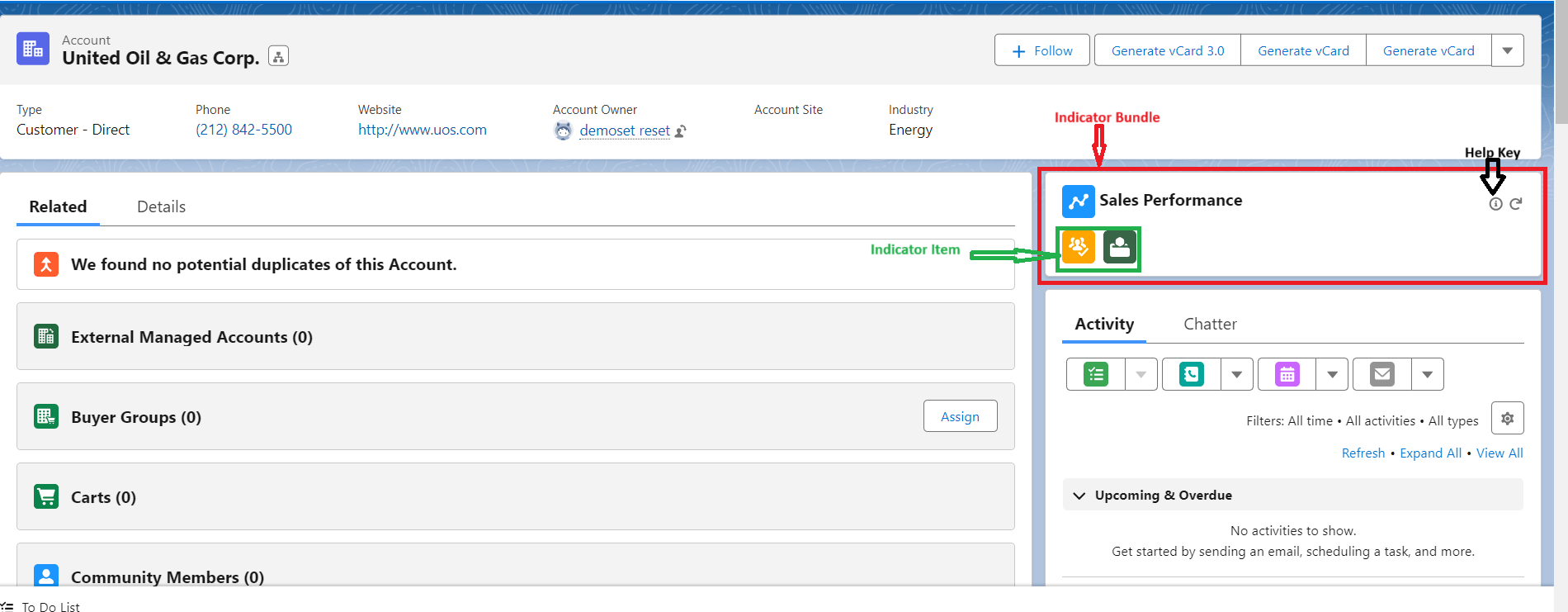Introduction:
Salesforce, the world's leading Customer Relationship Management (CRM) platform, empowers businesses to streamline their processes, drive growth, and make informed decisions. One powerful feature contributing to this capability is Salesforce Indicators. In this blog, we'll delve into what Salesforce Indicators are, explore a couple of business scenarios where they prove invaluable, and shed light on their implementation.

Understanding Salesforce Indicators:
Salesforce Indicators, also known as Key Performance Indicators (KPIs), are essential metrics that organizations use to gauge their performance, track progress, and make data-driven decisions. These indicators provide a visual representation of important business metrics, offering users an at-a-glance view of their performance against predefined goals.
Business Scenarios:
1. Sales Performance Monitoring:
Salesforce Indicators play a crucial role in monitoring sales performance. For instance, a company might set up indicators to track the number of deals closed, revenue generated, or sales team quota attainment. Visualizing these indicators allows sales managers to quickly identify trends, assess individual and team performance, and take proactive measures to meet or exceed targets.
Implementation:
- Define relevant sales KPIs based on organizational goals.
- Configure Salesforce reports and dashboards to display these indicators.
- Utilize historical data to set realistic benchmarks for performance.
2. Customer Service Excellence:
Another scenario where Salesforce Indicators are invaluable is in the realm of customer service. Metrics such as customer satisfaction scores, resolution times, and case escalations can be monitored using indicators. This enables support teams to identify areas for improvement, allocate resources efficiently, and ensure a positive customer experience.
Implementation:
- Integrate customer service metrics into Salesforce.
- Create custom indicators to represent customer satisfaction and resolution efficiency.
- Set up automated alerts for critical issues to facilitate quick responses.
Implementation of Salesforce Indicators:
1. Define Your KPIs
Start by identifying the key performance indicators that align with your business objectives. These could be related to sales, marketing, customer service, or any other aspect crucial to your success.
2. Indicators Setup
Salesforce offers Indicators Setup page. Build a customized Indicator Bundle to visually represent your selected indicators. Choose the chart types that best convey the information you want to communicate.

Figure 1: Indicator setup page for Indicators in salesforce.
3. Create Indicator Bundle
Click on new Indicator Bundle on setup page and give necessary information to your bundle and also provide icon to your bundle as per your requirements

Figure 2: Indicator Bundle for salesforce Indicators.
4. Create indicator Item
Click on new Indicator Item on the setup page and give necessary information to your Indicator Item and also provide an icon to your indicator item as per your requirements. The Indicator item is associated with the field and shows information as per field associated with the field.

Figure 3: Indicator item for salesforce indicators
5: Create Indicator Bundle Item
Click on new Indicator Bundle Item on the setup page and give necessary information to your bundle item as per your requirements.It is used to associate your Indicator bundle with Indicator item.

Figure 4: Indicator Bundle item for salesforce Indicators.
6. User Training
Educate your team on how to interpret and use Salesforce Indicators. Ensure that everyone understands the significance of the chosen KPIs and how they contribute to overall business success.

Figure 4: Salesforce indicator on salesforce record page.
Conclusion:
Salesforce Indicators are a powerful tool for organizations seeking to monitor and enhance their performance across various business functions. Whether it's sales, customer service, or any other aspect of your operations, these indicators provide a visual representation of your key metrics. By implementing Salesforce Indicators effectively, businesses can make more informed decisions, optimize processes, and ultimately drive success in a competitive landscape.
For any queries please reach out to support@astreait.com